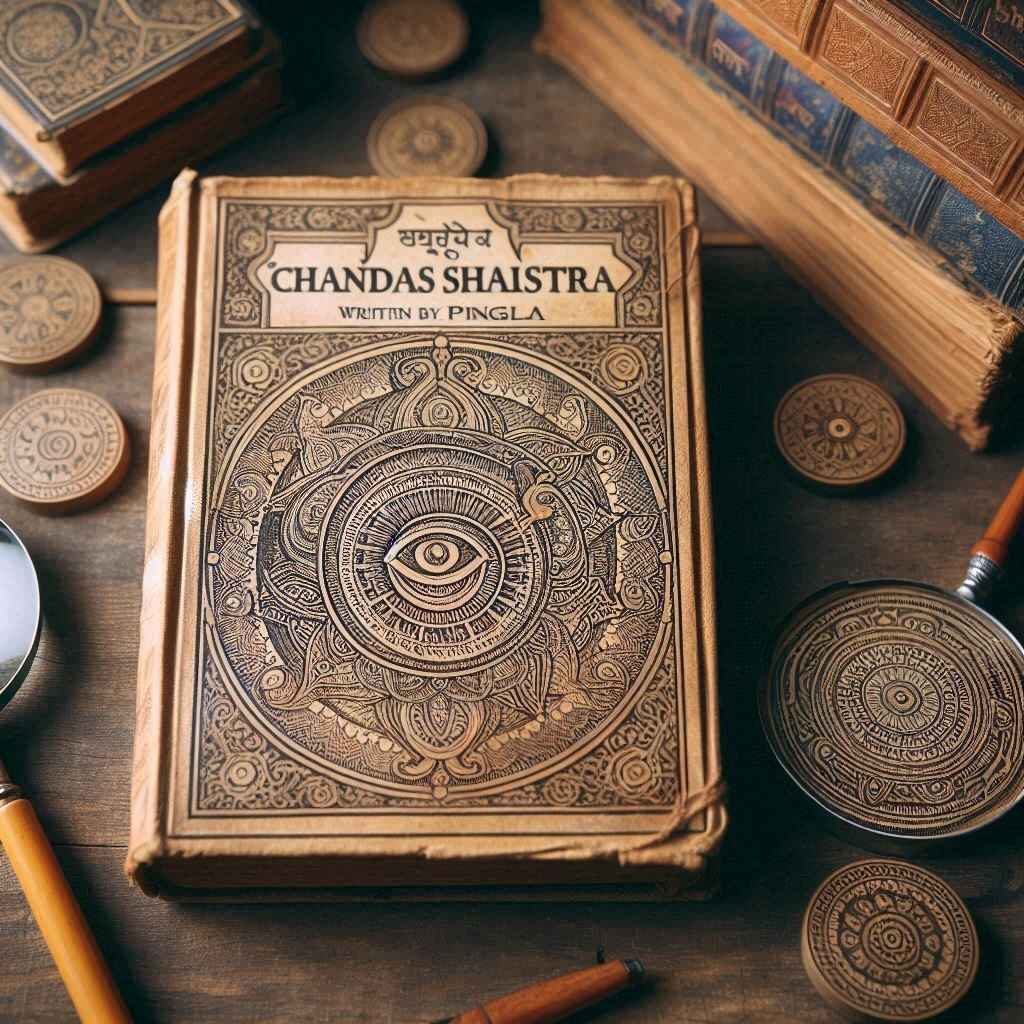Pingala’s Chandas Shastra, an ancient Indian treatise on prosody, stands as a significant work in the history of mathematics and literature. Dating back to around 200-300 BCE, this text is not only crucial for understanding the structure of Sanskrit poetry but also for its early use of binary-like systems, which predate modern binary code. This article delves into the intricacies of Pingala’s Chandas Shastra, exploring its historical context, mathematical innovations, and lasting impact on both literature and science.
Historical Context of Pingala's Chandas Shastra
Ancient Indian Scholarship
India has a rich tradition of scholarly works, especially in the fields of mathematics, astronomy, and linguistics. During the period when Pingala wrote the Chandas Shastra, India was a hub of intellectual activity, with scholars contributing to various fields of knowledge. The study of prosody, or the patterns of rhythm and sound used in poetry, was an essential aspect of this intellectual tradition.
Pingala: The Scholar
Pingala is believed to have been a scholar of the Vedic period. His work on prosody was groundbreaking, providing a systematic approach to understanding the meters of Sanskrit poetry. The Chandas Shastra is considered one of the earliest known works on the subject, laying the foundation for future studies in both literature and mathematics.
Structure and Content of Chandas Shastra
The Chandas Shastra consists of eight chapters, each dealing with different aspects of prosody. It covers a wide range of meters used in Vedic and classical Sanskrit literature, providing rules and formulas for their composition. The text is written in a sutra style, characterized by concise aphoristic statements that were meant to be memorized and explained through commentary.
Meters and Patterns
Pingala’s work categorizes various meters based on the arrangement of short (laghu) and long (guru) syllables. This binary-like system forms the basis of his prosodic analysis. Some of the prominent meters discussed in the Chandas Shastra include:
- Gayatri: A meter consisting of 24 syllables, typically divided into three lines of eight syllables each.
- Anushtubh: A 32-syllable meter, divided into four lines of eight syllables.
- Trishtubh: A 44-syllable meter, divided into four lines of eleven syllables.
- Jagati: A 48-syllable meter, divided into four lines of twelve syllables.
Binary Representation
One of the most fascinating aspects of Pingala’s work is his use of a binary-like system to represent poetic meters. In the Chandas Shastra, Pingala used symbols to denote short (0) and long (1) syllables, similar to the binary digits used in modern computing. This system allowed for a precise and systematic description of metrical patterns.
Mathematical Innovations in Chandas Shastra
The Binary System
Pingala’s use of binary notation is considered one of the earliest known instances of a binary system. By representing short and long syllables with 0s and 1s, Pingala laid the groundwork for binary arithmetic, which is fundamental to modern computer science. This innovation showcases the advanced level of mathematical thinking present in ancient India.
Fibonacci Sequence
Another significant mathematical concept found in the Chandas Shastra is the Fibonacci sequence. Pingala’s method for enumerating syllable patterns aligns with the sequence later described by Leonardo Fibonacci in the 13th century. The sequence, where each number is the sum of the two preceding ones, appears in Pingala’s work through his analysis of meter combinations.
Combinatorics
Pingala’s analysis of meters also delves into combinatorics, the branch of mathematics dealing with combinations of objects. By categorizing different metrical patterns, Pingala implicitly explored the principles of permutations and combinations. His work on prosody can thus be seen as an early contribution to the field of combinatorial mathematics.

Impact on Literature and Science
Influence on Sanskrit Literature
Pingala’s Chandas Shastra had a profound impact on Sanskrit literature. By providing a systematic approach to prosody, Pingala enabled poets to experiment with various metrical forms, enriching the poetic tradition. His work also influenced later scholars, such as Bharata Muni and his Natya Shastra, which further developed the study of poetic meters.
Contributions to Mathematics
Pingala’s mathematical insights had a lasting influence on the development of mathematics in India. His use of binary notation and the Fibonacci sequence predates similar discoveries in the West by many centuries. The Chandas Shastra exemplifies the interplay between mathematics and literature in ancient India, highlighting the holistic nature of Indian scholarship.
Modern Relevance
Today, Pingala’s work is recognized for its historical significance and its contributions to both literature and mathematics. The binary system he employed is fundamental to digital computing, and his exploration of combinatorics and the Fibonacci sequence continues to be relevant in various scientific fields. Scholars and historians continue to study the Chandas Shastra to uncover its full impact on ancient and modern knowledge.
Pingala’s Chandas Shastra is a testament to the advanced intellectual achievements of ancient India. Through his systematic study of prosody, Pingala not only enriched the literary tradition but also made significant contributions to mathematics. His use of binary notation and the Fibonacci sequence demonstrates the sophistication of ancient Indian scholarship. As we continue to explore the depths of this remarkable text, we gain a greater appreciation for the enduring legacy of Pingala’s work and its relevance to both historical and modern contexts.


